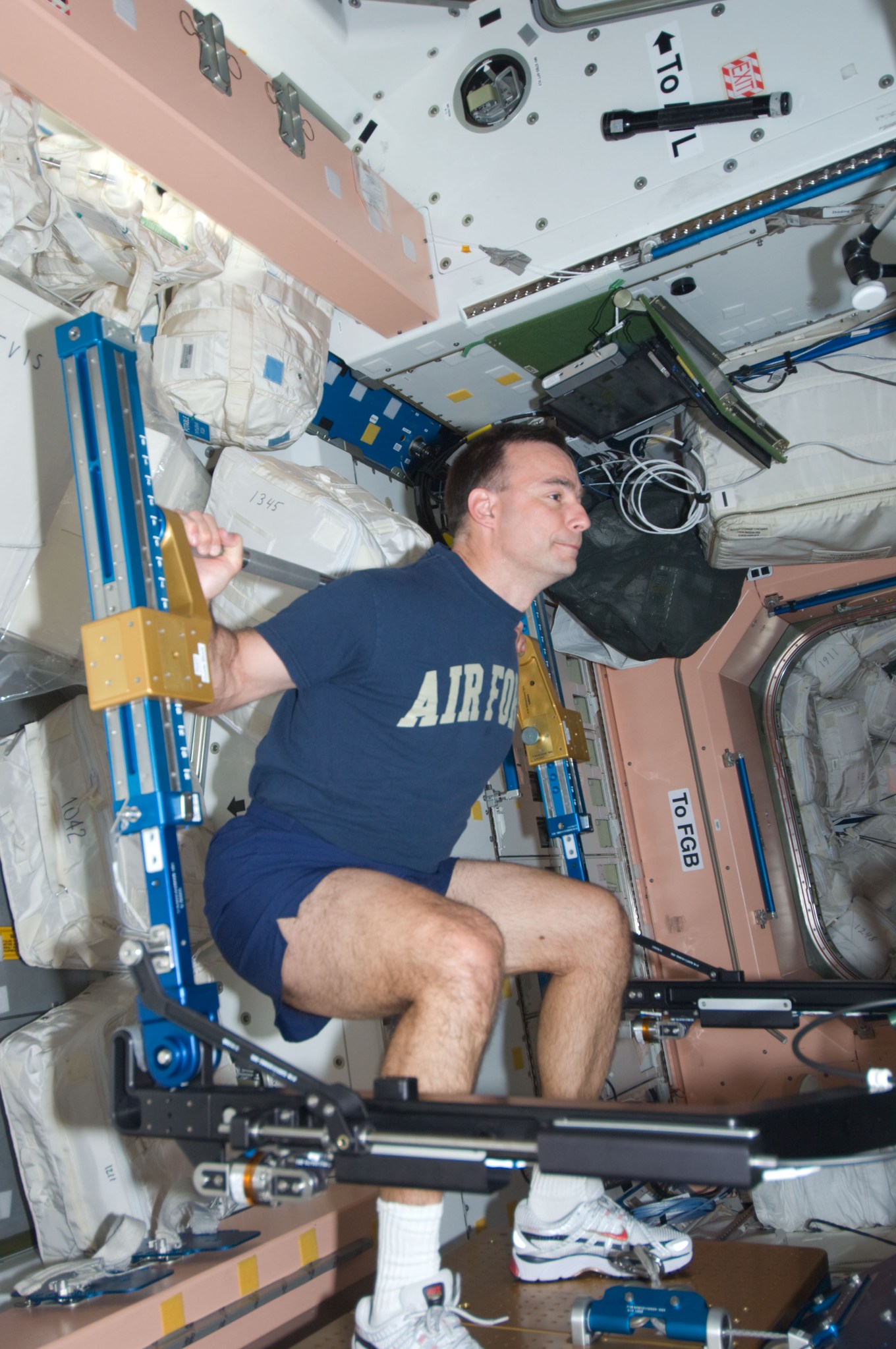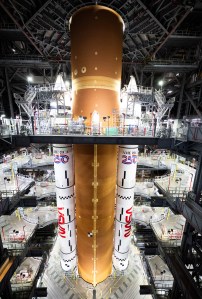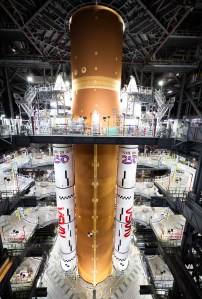
When astronauts embark on the journey to the Moon or Mars, they will encounter many hazards to the human body and mind. NASA’s Human Research Program will fund three proposals to help answer questions about how astronauts may adapt to spaceflight during future long-duration missions, including how to protect astronauts’ vision in space and how exercise and sensory stimulation can help improve psychological and cognitive resilience in the unique spaceflight environment. The three selected projects will contribute to NASA’s long-term plans, which include crewed missions to the Moon and Mars.
David Zawieja, Regents Professor at Texas A&M University Health Science Center, will examine which biomarkers of vascular dysfunction associated with spaceflight might be useful to monitor with respect to vision problems in astronauts. In particular, Prof. Zawieja will investigate biomarkers of ocular vascular vasomotor function, relating to the constriction or dilatation of blood vessels associated with the eyes, and vascular inflammation in the cerebrospinal fluid of astronauts. This new knowledge regarding biomarkers may ultimately result in the development of personalized countermeasures to protect ocular health and retain visual performance during future long-duration missions.
Richard Simpson, Associate Professor at the University of Arizona, will study the effects of a validated exercise regimen with guided imagery on behavioral health, fatigue, cognitive, sensorimotor, and immune system function in the Human Exploration Research Analog (HERA) located at NASA’s Johnson Space Center in Houston. This research could help promote stress tolerance, adaptability, and behavioral health through enhanced exercise protocols for long-duration exploration missions.
Aleksandra Stankovic, Senior Aerospace Human Factors Engineer at the Charles Stark Draper Laboratory in Cambridge, MA, will investigate Virtual Reality stimulation for relaxation and therapeutic release to mitigate the risk of adverse cognitive and behavioral effects in spaceflight-like, isolated, confined environments.
The selected proposals are from three institutions in three states and will receive a total of approximately $2 million during a three- to five-year period. The three projects were selected from 11 proposals received in response to the 2017 Human Exploration Research Opportunities Appendix D. Science and technology experts from academia, government, and industry reviewed the proposals.
The Human Research Program works to address the risks of spaceflight that impact astronaut health. Its research provides knowledge and technologies that can improve human health and performance during space exploration and aids the development of potential countermeasures for problems experienced during, or after, space travel.
______
NASA’s Human Research Program, or HRP, pursues the best methods and technologies to support safe, productive human space travel. Through science conducted in laboratories, ground-based analogs, and the International Space Station, HRP scrutinizes how spaceflight affects human bodies and behaviors. Such research drives HRP’s quest to innovate ways that keep astronauts healthy and mission-ready as space travel expands to the Moon, Mars, and beyond.





























